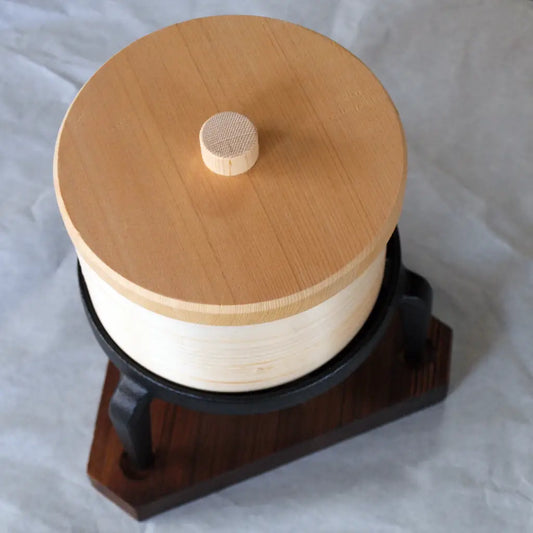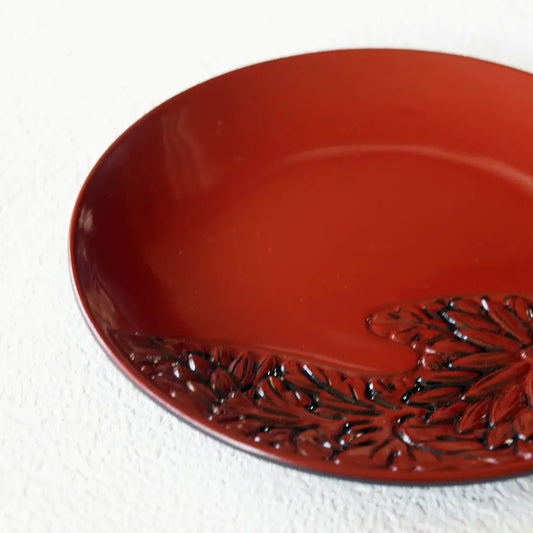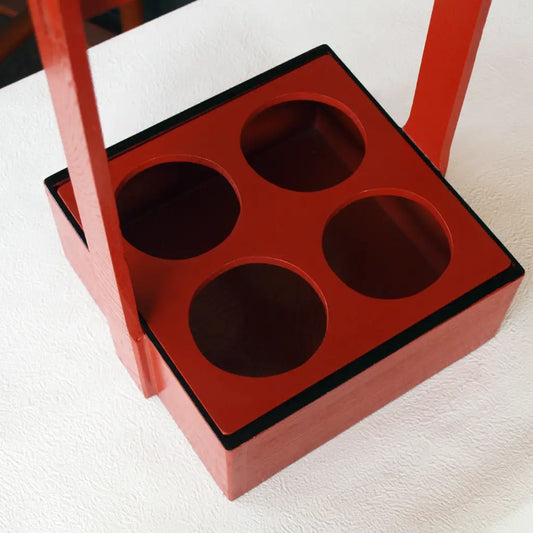The origin and etymology of lacquer
Lacquer: The foundation of civilization and the brilliance of history
There is no definitive etymology for the character or word urushi (lacquer). All are thought to be related to the manufacturing process or characteristics of lacquer, and may be intricately intertwined due to historical transitions and linguistic changes related to lacquer.
Lacquer and Urushi
The scientific name of Urushi is <verniciflus>, and it is also known as sap varnish. The name of the tree is written as Urushi in Katakana, and the correct old character is "桼".
Urushi Origin
The urushi tree is not a species that grows natively in Japan, but is native to East Asia (China, India, Tibet/Himalayas) and is thought to have been introduced to Japan during the Sui and Tang dynasties. However, there have been many reports of the unearthing of burial goods (the world's oldest lacquer products) from about 9,000 years ago (early Jomon period) and before the Shun period in China at the Kakinoshima B site in Hakodate, Hokkaido, as well as lacquerware from the Jomon period, and there are also theories that the tree originated in Japan.
It is true that very ancient lacquer trees and lacquer products have been discovered in Japan, which is important evidence suggesting the uniqueness and early development of lacquer culture in Japan.
However, at present, East Asia is the most likely place where the Urushi tree originated, and the theory that it was introduced to Japan at a relatively early date is more widely accepted. Further archaeological discoveries and advances in genetic research may deepen our understanding of the Urushi tree's origins.
In Japan, it grows from Hokkaido to various parts of Honshu, and in some places it has become naturalized. Urushi trees are small deciduous trees that are dioecious.
Other names include Urushi tree, Urushinomoe, Urus, Maurushi, Honurushi, Akame, Kabure, Kaburekki, Kaburenoki, Otsunamu, Nannamu, lacquer tree, tsuba, iki, shichi, nanaki, zokumeitotsu, etc.
The character for seven wood is written with the character for water element, and is called "shitsu" or "lacquer." The Chinese numeral for seven. By the way, the "7" in our website URL, kakumaru7, represents this "seven = ki."
The sap obtained from the trunks and branches of this tree is called lacquer, and this sap is used as the raw material to make lacquerware and lacquer-coated crafts.
The sap obtained from the urushi tree is fermented and specially processed to become the raw material for lacquerware and lacquer coating. Lacquer is highly durable and can give a beautiful shine when used to cover a surface. However, the urushi tree itself and its sap are toxic to humans and can cause lacquer rash ( contact dermatitis), so care must be taken when handling lacquer.
Lacquerware and lacquer-painted crafts are loved as traditional crafts of Japan and other countries because they are carefully made by artisans using lacquer obtained from the urushi tree.
Characteristics and care of lacquerware / Comparison of lacquerware | Differences / How to choose lacquerware | Key points
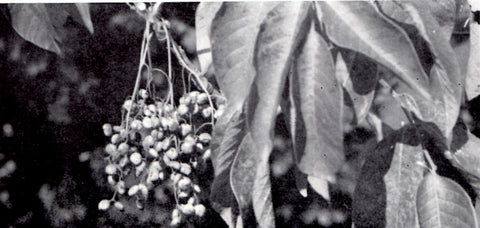
There are various theories about the origin of the character and the word
The origin of the character and word lacquer is derived from the seal character 桼, which is a dot added to the character 桼 (tree) to show the shape of liquid dripping from the trunk, and was later changed to lacquer by adding water, so 桼 is correct. It is unclear when lacquer began to be read as urushi in Japan, but lacquer liquid was already used as a paint during the reign of Emperor Kōan (the 6th reign: 392 BC), who used it to paint vessels, and whose descendants served in the imperial court, were given the surname Nuribe, and led the lacquer craftsmen.
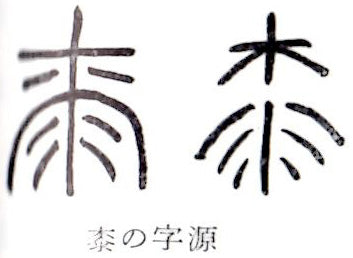
There are various theories about how to read the Japanese name Urushi.
The Wakan Sansai Illustrated Guide states that the Japanese name is Urushi, an abbreviation of Uruhashi, with U meaning moist and lush, Urushi meaning to apply the material and bring out its abundant color, and Uru (moisture) and Shi (teacher), with the shi coming from Hanishi and Katashi, meaning work, and Uru meaning luster. There is a theory that this reading was originally a title given to craftsmen who produced luster, and that it later came to refer to the materials.
・The theory that urushi is derived from nurushiru (lacquer juice)
・Theory that it is derived from Urushiru (water juice)
・The theory that the adjective uruhashi has evolved into urushi
・The theory that Chinese lacquerware was thought to be very beautiful when it was first imported and was then renamed urushi.
In any case, this reading has existed for a very long time.
Myths of lacquer : The secrets of the Urushi tree and lacquer painting
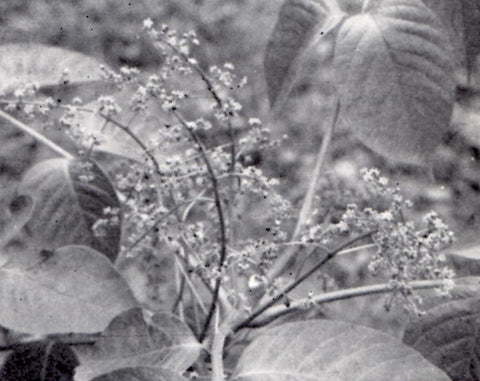
Find your favorites 🔖
Featured collection
Large sale of stock
A harmony of beauty and history. Feel the breath of Japanese tradition in lacquerware from the storehouse.
Rare storehouse lacquerware will bring a touch of good old Japan to your space. We sell a wide range of products, from fascinating vessels and moisturizing lacquerware to easy-to-use and easy-to-handle synthetic resin products for commercial use. Products are taken out from the front of the storehouse, where you cannot go further inside, so you can look forward to what you find. Why not use them at home? It would be nice to have them❣ Enjoy looking for your favorite products.
-
Yudofu set/For one person/For disaster prevention/Camp/Cypress/With sawara lid/Stainless steel interior/Trivet/Dish/Base
Regular price ¥1,000 JPYRegular priceUnit price per -
Individual plates, wild chrysanthemum carvings, azuki beans on the inside, black on the outside, 4.5 inches, Showa retro
Regular price ¥200 JPYRegular priceUnit price per -
[Stylish] Wooden beer carrier, vermilion, with handle, Showa retro, can also be used as a flower vase
Regular price ¥3,800 JPYRegular priceUnit price per -

[Stylish] Wooden, beer carrier 2, with handle, Showa retro, can also be used as a flower vase
Regular price ¥3,000 JPYRegular priceUnit price per


